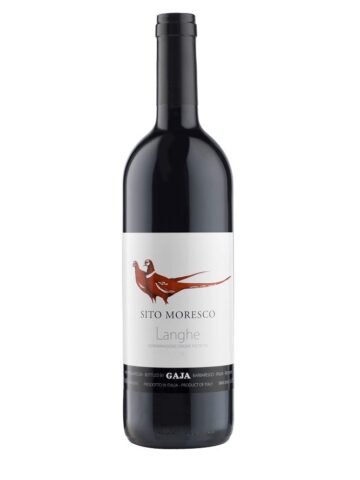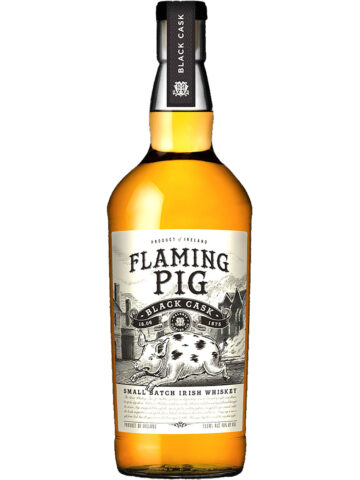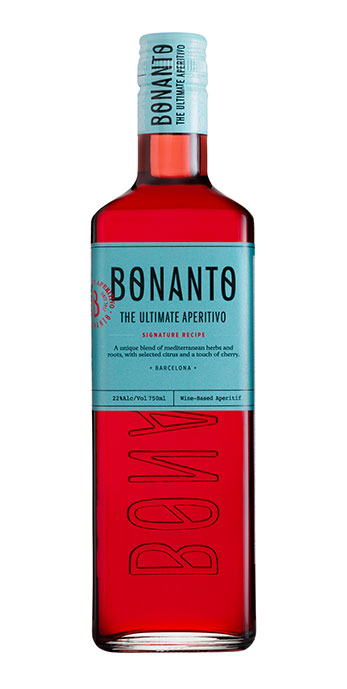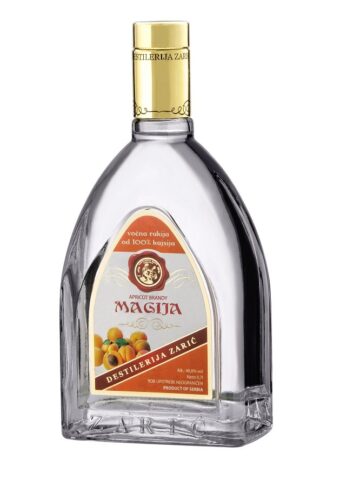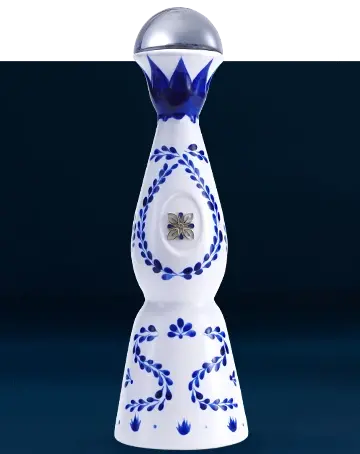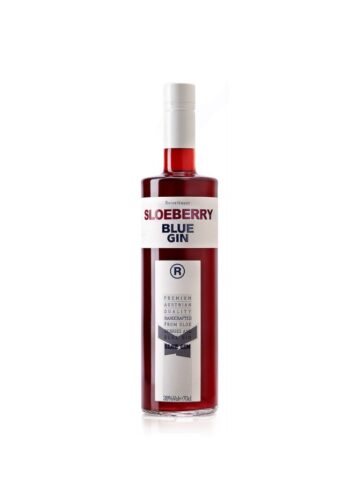REGIJA / REGION
Jalisco, službeno slobodna i suverena država Jalisco, jedna je od 32 države koje čine savezne jedinice Meksika. Smješten je u zapadnom Meksiku, a graniči sa šest država, a to su Nayarit, Zacatecas, Aguascalientes, Guanajuato, Michoacán i Colima. Jalisco je podijeljen u 125 općina, a glavni grad mu je Guadalajara.
Jalisco je jedna od ekonomski i kulturno najvažnijih država u Meksiku, zahvaljujući svojim prirodnim resursima, kao i dugoj povijesti i kulturi. Mnoge karakteristične osobine meksičke kulture, posebno izvan Mexico Cityja, porijeklom su iz Jalisca, poput mariachija, glazbe ranchera, birrije, tekile, jaripea itd., Pa otuda i moto države: “Jalisco es México”. Ekonomski je zauzela treće mjesto u zemlji, a industrije su usredotočene na gradsko područje Guadalajare, drugo po veličini gradsko područje u Meksiku. U državi žive dvije značajne autohtone populacije, Huichols i Nahuas. Također postoji značajno strano stanovništvo, uglavnom iz Sjedinjenih Država i Kanade, koje živi u područjima jezera Chapala i Puerto Vallarta.
Oaxaca je jedna od 32 države koje čine savezne jedinice Meksika. Podijeljen je u 570 općina, od kojih 418 upravlja sustavom “usos y costumbres “(običaji i tradicija) s priznatim lokalnim oblicima samouprave. Oaxaca je na jugozapadu Meksika i na zapadu graniči s državama Guerrero, na sjeverozapadu sa Puebla, na sjeveru Veracruz i na istoku Chiapas. Na jugu Oaxaca ima značajnu obalu na Tihom oceanu. Oaxaca, ili punim imenom Oaxaca de Juárez glavni je i najveći grad istoimene meksičke države Oaxaca. Nalazi se na jugu, od Meksičkog gorja Sierra Madre do obala rijeke Atoyac, na nadmorskoj visini od 1.555 metara. Zbog autohtone tradicije i obilja sirovina, Oaxaca je vodeći proizvođač tekile i rukotvorina u Meksiku. Rukotvorine Oaxacan tradicionalno se izrađuju od drveta, vune, gline i kože, a najpoznatiji drveni zanat je izrada figura “alebrije”, koje su obično minijaturne, stvarne ili zamišljene životinje jarkih boja. Izvorno su stvoreni od papira i kartona u Mexico Cityju, ali ovaj je zanat prilagođen izvornom drvorezu iz Oaxacana u obliku kakav ima danas.
Arandas je glavno središte za proizvodnju tekile u regiji Los Altos, jednoj od dvije glavne regije za proizvodnju tekile u u provinciji Jalisco. Organsko uzgojena agava za tekilu proizvodi se u selu Agua Negra, oko 25 km od Arandasa.
Michoacán jedna je od 31 saveznih država Meksika, smještena na obali Tihog oceana, graniči sa meksičkim saveznim državama Colima i Jalisco. U području Michoacán tequila se proizvodi na starinski zanatski način i poznata je po proizvodnji napitaka od charande, tekile i mezcala koji imaju zaštičenu oznaku izvornosti.
Biljka agave postoji na zemlji otprilike 12 milijuna godina. Pred hispanske mezoameričke kulture pronašle su mnoštvo primjena za biljku: kuhana Piña za hranu, sušena vlakna za uže, odjeću i papir i – što je možda najvažnije – fermentirani sok od agave (Pulque kakav je poznat u Meksiku) kao prvi alkoholno piće američkog kontinenta. To je čudesna biljka, puna života koja provodi duge godine sazrijevajući pod meksičkim suncem. Hranjene zemaljskim mineralima, biljke apsorbiraju tu energiju, koja postaje njihova životna bit.
U Meksiku živi obilje različitih alkoholnih pića – Tequila, Mezcal, Raicilla i mnogi drugi. Ovi destilati su svi proizvodi stvoreni iz ove biljke, svi jedinstveni u svojim okusima i mirisima, ovisno o vrsti agave koja se koristi. Tequila kakvu danas poznajemo počela se proizvoditi ranih 1800.-ih u Guadalajari, kada su osnovane velike destilerije u gradovima, a malene na hacijendama su propale te su se okrenule samo uzgoju agave, znatno proširivši površinu zasada. U 19. stoljeću uvedeni su uspješniji strojevi poput parnih pećnica i strojnih mlinova, a u prošlom stoljeću tequila je postala popularna diljem svijeta.
Danas se uzgoj agave smatra dijelom meksičkog nacionalnog identiteta, a područje s nasadima agave i velikim starim destilerijama u Tequili, Arenalu i Amatitanu, nacionalnom baštinom. Zbog toga su postale svjetska baština 2006. god.
Jalisco, officially the Free and Sovereign State of Jalisco is one of the 32 states which comprise the Federal Entities of Mexico. It is located in Western Mexico and is bordered by six states which are Nayarit, Zacatecas, Aguascalientes, Guanajuato, Michoacán, and Colima. Jalisco is divided into 125 municipalities, and its capital city is Guadalajara.
Jalisco is one of the most economically and culturally important states in Mexico, owing to its natural resources as well as its long history and culture. Many of the characteristic traits of Mexican culture, particularly outside Mexico City, are originally from Jalisco, such as mariachi, ranchera music, birria, tequila, jaripeo, etc., hence the state’s motto: “Jalisco es México.” Economically, it is ranked third in the country, with industries centered in the Guadalajara metropolitan area, the second largest metropolitan area in Mexico. The state is home to two significant indigenous populations, the Huichols and the Nahuas. There is also a significant foreign population, mostly from the United States and Canada, living in the Lake Chapala and Puerto Vallarta areas.
Oaxaca is one of the 32 states that make up the federal units of Mexico. It is divided into 570 municipalities, of which 418 operate a system of “usos y costumbres” (customs and traditions) with recognized local forms of self-government. Oaxaca is in southwestern Mexico and borders the states of Guerrero in the west, Puebla in the northwest, Veracruz in the north, and Chiapas in the east. South Oaxaca has a significant coastline in the Pacific Ocean. Oaxaca, or full name Oaxaca de Juárez is the capital and largest city of the Mexican state of the same name Oaxaca. It is located in the south, from the Mexican Sierra Madre Mountains to the banks of the Atoyac River, at an altitude of 1,555 meters. Due to its indigenous tradition and abundance of raw materials, Oaxaca is a leading producer of tequila and handicrafts in Mexico. Oaxacan handicrafts are traditionally made of wood, wool, clay and leather, and the most famous wooden craft is the making of “alebria” figures, which are usually miniature, real or imaginary animals of bright colors. They were originally created from paper and cardboard in Mexico City, but this craft has been adapted to the original woodcut from Oaxacan in the form it has today.
Arandas is the main tequila production center in the Los Altos region, one of the two main tequila production regions in Jalisco province. Organically grown agave for tequila is produced in the village of Agua Negra, about 25 km from Arandas.
Michoacán is one of the 31 states of Mexico, located on the Pacific coast, bordering the Mexican states of Colima and Jalisco. In the area of Michoacán tequila is produced in the old-fashioned craft way and is known for the production of beverages from charanda, tequila and mezcal which have a protected designation of origin.
The agave plant has existed on earth for an estimated 12 million years. Pre-Hispanic Mesoamerican cultures found many uses for the plant: the cooked Piña for food, the dried fibers for rope, clothing and paper, and – perhaps most importantly – the fermented Agave juice (Pulque as it is known in Mexico) as the first alcoholic beverage of the American continent. It is a miraculous plant, full of life, that spends long years maturing under the Mexican sun.
Nourished by the earth’s minerals, the plants absorb this energy, which becomes their life essence. Mexico is home to an abundance of different spirits – Tequila, Mezcal, Raicilla, and many more. These distillates are all products created from this plant, all unique in their flavors and aromas, depending on the type of Agave that is used.
Tequila as we know it today began to be produced in the early 1800s in Guadalajara, when large distilleries were established in the cities, and small ones on haciendas collapsed and turned only to agave cultivation, greatly expanding the area of plantations. More successful machines such as steam ovens and machine mills were introduced in the 19th century, and in the last century tequila became popular all over the world.
Today, agave cultivation is considered part of the Mexican national identity, and the area with agave plantations and large old distilleries in Tequila, Arenal and Amatitano is considered a national heritage site. That is why they became a world heritage site in 2006.


